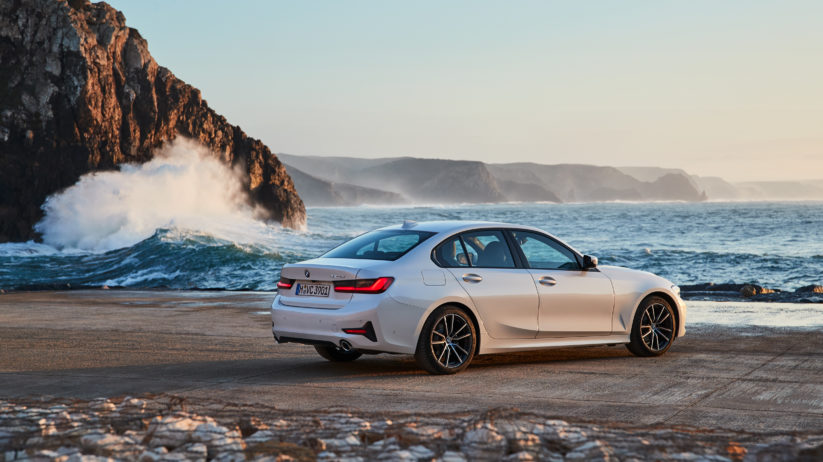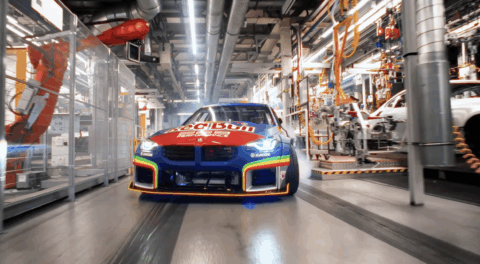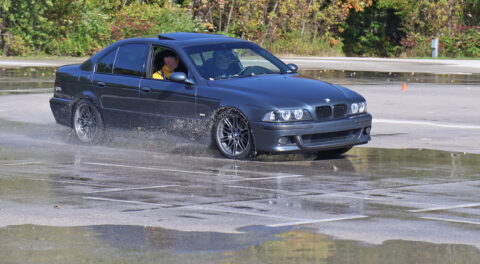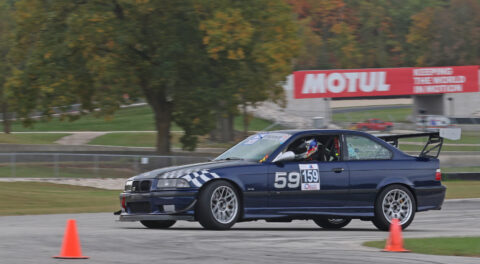The latest round of test-drive reports are in—see the March Roundel for our take—and the seventh-generation 3 Series, internally referred to as the G20, is carding high marks in metrics that are important to enthusiasts. While the previous two generations, the F30 and E90, peaked in terms of disconnected steering feel and weight, respectively, the G20 is being hailed as a rightful return to form in terms of handling, responsiveness, and overall driving experience. Styling remains polarizing to many, but it appears as though BMW was listening when it came to the disappointment voiced relating to the directions fans thought that the venerable Three was heading.
The tide began to turn with the F30 LCI, which arrived for the 2016 model year. Uncharacteristic for a mid-cycle update, suspension geometry had been altered, along with a re-tuned electric steering rack, both of which translated to slightly sharper handling for the revised F30. Before the change, sales had never seemed to suffer, but the 3 Series found itself being left off a few key lists, with other rivals managing to beat the original sport sedan at its own game.
Original press releases for the G20 were heavy in their focus on further suspension improvements, including the debut of lift-related dampers, while more precise, communicative steering and other efforts at keeping things light and balanced were highlighted. As those who’ve been lucky enough to get behind the wheel have found, BMW’s efforts seem to be paying off. Full details of all the improvements offered by the G20 can be found in our full rundown.
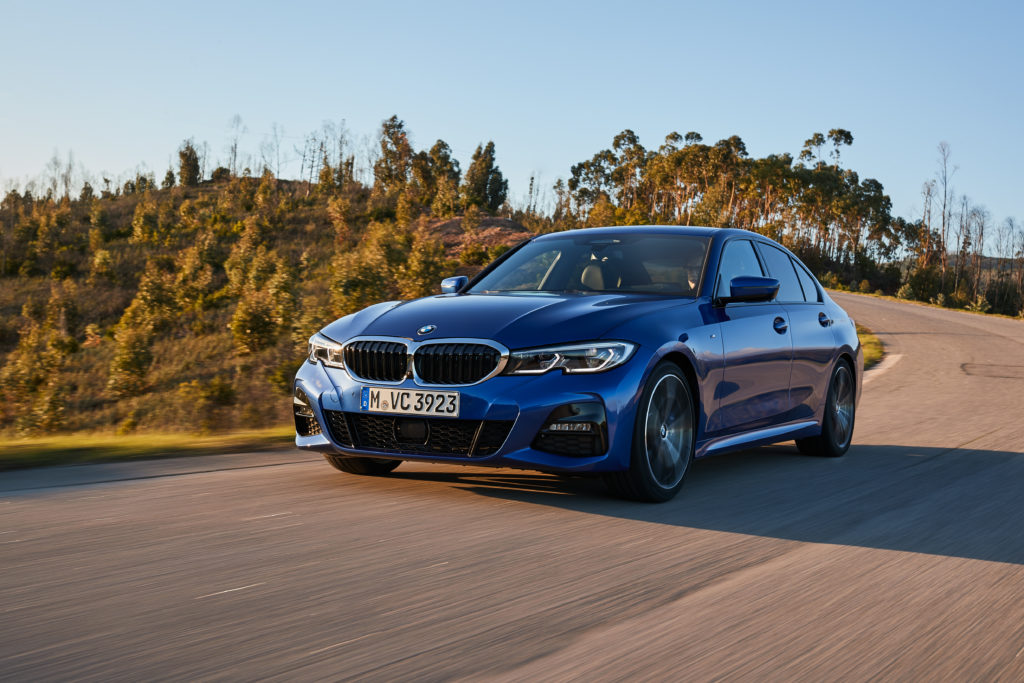
Our friends at BMWBlog had the chance to drive the 330i—among several other important new models—at this year’s Test Fest, held at the Thermal Club, home to BMW Performance Center West. As noted in their write-up, the 330i will be the volume seller, like the previous 328i and 330i, and is important because it is the model most people will interact with. Over the past 50 years, we’ve come to remember some of the more special, performance oriented models, with some placed upon lofty pedestals, but it is the lowly base models that have stayed loyal to important BMW tenets for years, with the general public able to attain their own version of the ultimate driving machine through one of them.
According to BMWBlog, one of the biggest improvements is the new steering rack:
“It feels better than F30 3 Series—sharper with nicer weighting and a more positive response—and that’s the important bit. The biggest improvement with this new car’s steering over the outgoing car’s is with its variable rack, though. This new variable-ratio steering rack has been designed to be more linear in its progression.”—Nico DeMattia, BMWBlog
The aforementioned lift-related dampers are another important component as well, as they’ve enabled the new 3 Series to feel composed and poised regardless of road surface condition or what drive mode is selected, perhaps ending the era of finding yourself in the overly aggressive Sport or Sport+ mode when something a bit more forgiving would have done:
“The other big talking point for the new 3 Series is its new passive damper setup. BMW pushed its new lift-related dampers hard in the G20’s marketing but they’re not just gimmicks to put on brochures. The BMW 330i tester I had was a rear-wheel drive, and on those non-adjustable lift-related dampers. For a long time, I’ve wished BMW would just set up a single suspension properly and let us drive it, without having to put the car in any specific mode to actually enjoy it. That wish has finally come true.”—Nico DeMattia, BMWBlog
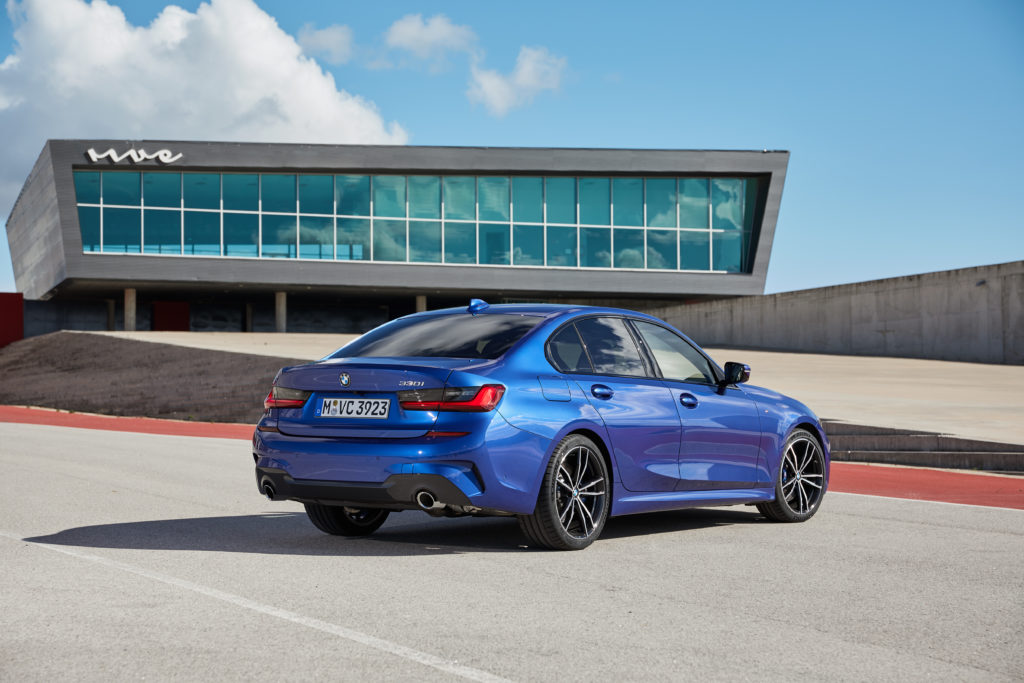
Robb Report is also toeing the line, saying that the new Three is once again a competitor for the best in the very segment it helped usher in. Unlike BMWBlog‘s experience, which was one of straight roads with too much traffic, according to their article, Robb Report staff was able to drive the car on sparsely traveled Portuguese roads during the off-season, which allowed for the 330i to be pushed near its limits. Like BMWBlog, the B48 four-cylinder, offering 255 hp and 295 pound-feet of torque—almost the same as the first turbocharged and direct-injected BMW inline sixes from a decade ago—is said to provide more than enough motivation, while the eight-speed ZF automatic transmission, which features more aggressive shift points in its newest version, helps keep the two-liter turbo on cam and in boost.
Improved aerodynamics netted by the fresh exterior along with weight savings of as much as 120 pounds are credited as allowing the G20 330i to navigate turns with a brisker pace than its predecessors, while the chassis and suspension allow the limits of grip to be explored without getting close to losing control.
“True enjoyment comes in the corners, where the car is delightfully poised. Here we can feel for ourselves what engineers have told us—the chassis is stiffer with a lower center of gravity, while keeping BMW’s famed 50-50 weight distribution.”—Laura Burstein, Robb Report
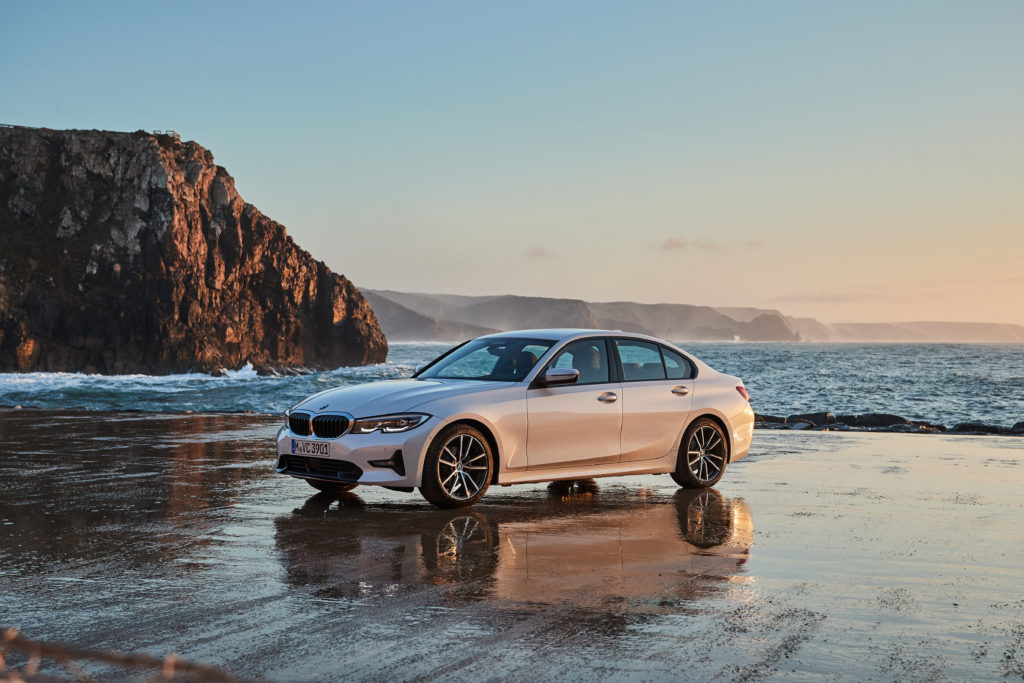
Over 40 years and a full seven generations of 3 series removed from when things began, the G20 seems to have been developed with considerable effort put into making the car perform like a BMW sport sedan should. Only time will tell if sales match the hype, but many of us have already found ourselves in traffic next to a 2019 BMW 3 Series.—Alex Tock
[Photos courtesy BMW AG.]

